Long An Performing Arts Troupe (Photo provided by the character)
Singing in the fire
During the years of resistance, the art troupes were closely attached to the people, bringing about a fighting spirit and strengthening the revolutionary belief of our cadres, soldiers and people.
Former Director of the Department of Culture, Sports and Tourism - writer Nguyen Minh Tuan joined the Long An Art Troupe when he was only 15-16 years old. He said that operating in difficult and arduous conditions, the art troupes mainly relied on the wholehearted support of the people.
“At that time, the troupe performed in many places, from liberated areas to disputed areas, even in enemy-controlled areas. Wherever the troupe performed, they relied on the support of the locality in terms of protection, digging fortifications and shelters, arranging and dispersing forces, and hiding kerosene lamps when the enemy was present,” said composer Nguyen Minh Tuan.
During the fierce war, the performing conditions of the art troupes were extremely difficult. In peaceful times, they performed on a stage (usually a high-rise sleeping platform), with microphones and light from kerosene lamps. However, when the war was fierce, the troupes divided into groups and teams to stick with the people, gathering dozens of families to serve on the spot, teach singing, and mobilize the masses to fight.
There were nights when the troupe performed at the request of the people until past midnight. The works mainly reflected revolutionary realities, denounced the crimes of landlords and tyrants, and encouraged young people to join the army... Once, after a performance by the Long An troupe at Tan Tru, 120 local young people left for the army.
Long An Art Troupe performs during the resistance war (photo provided by the character)
Playwright Nguyen Minh Tuan said he could never forget the bravery of our soldiers when facing the enemy. While the enemy had overwhelming firepower and forces, our officers and soldiers still fought with great resilience.
“I still remember, during a raid in Duc Hoa, Long An province, we were arranged in a shelter while the officers and soldiers faced the enemy. With few weapons, our army had to wait for the enemy to come very close before shooting to save ammunition. There were soldiers who were willing to sacrifice themselves to fight enemy tanks,” said composer Nguyen Minh Tuan. It was these noble sacrifices that created the beauty of peace and will be remembered forever by future generations.
Liberation Day
The Cultural Corps was not a combat force, so they were not equipped with weapons and lacked battlefield experience. However, it was these “unarmed” people who managed to persuade two enemy ships to surrender, during the journey to Tan An in the historic days of April.
It was the night of April 29, when the Long An troupe was on its way from Ba Thu, Cambodia to Tan An, staying overnight in My Phu, Thu Thua. After performing for the soldiers and the people, the troupe members went to sleep, but for some reason, journalist Nguyen Dung, then the head of the Long An troupe, still couldn't sleep.
Suddenly, he heard gunfire, thinking that he might encounter the enemy, he organized a combat team of 5 members to protect the unit. Seeing flares on the riverbank, the team went to the riverbank and saw 2 enemy ships drifting towards them.
Mr. Dung said that after he realized that the gunshots were from our army, he somewhat did not want to fight anymore. But the revolutionary offensive spirit at that time was "commune liberates commune, district liberates district, province liberates province, causing the enemy army to disintegrate on the spot, leaving no conditions to gather forces to fight against us". If he did not fight, he would be guilty towards the people and the country in the future, so he decided to face the enemy.
He said: “We called on the enemy to surrender, using flashlights to guide the enemy ships to shore. As soon as the enemy ships reached shore, we got off the ships and asked the soldiers to go ashore. At that moment, the soldier reported that the order of the liberation army commander was that all ships must anchor at the confluence of the Vam Co Tay River and not move. We asked the two ships that had just approached to follow the order of the liberation army commander. When I returned to the unit to rest, I thought to myself, if the enemy did not surrender but decided to resist, with the weapons on the ships, we would certainly be “crushed like bean curd”. Yet they obeyed our orders, those who “didn’t have a single piece of iron” in their hands. That shows the strength of the liberation army at that time and in combat, the spirit of the soldiers was also an important factor.”
On April 30, 1975, sharing the joy of the whole country, the Long An Art Troupe also returned to Tan An, receiving the task of taking over the Psychological Warfare headquarters. Everyone shared the joy of victory! The officers and soldiers of the Art Troupe were busy preparing for the performance to celebrate the victory.
In the past, whenever a unit or locality was liberated, the troupe would come to perform as a congratulation and a reward. The performance to celebrate April 30 was completely different, the troupe sang under the sky of freedom.
Even though 50 years have passed, composer Nguyen Minh Tuan still cannot forget the atmosphere of the first performance after that day of peace. “Although the machines and equipment at that time were malfunctioning, sometimes we could hear, sometimes we couldn’t, but everyone sang enthusiastically. The audience came in large numbers, everyone’s faces were radiant and happy,” he said./.
Guilin
Source: https://baolongan.vn/khuc-trang-ca-trong-bom-dan-a194487.html



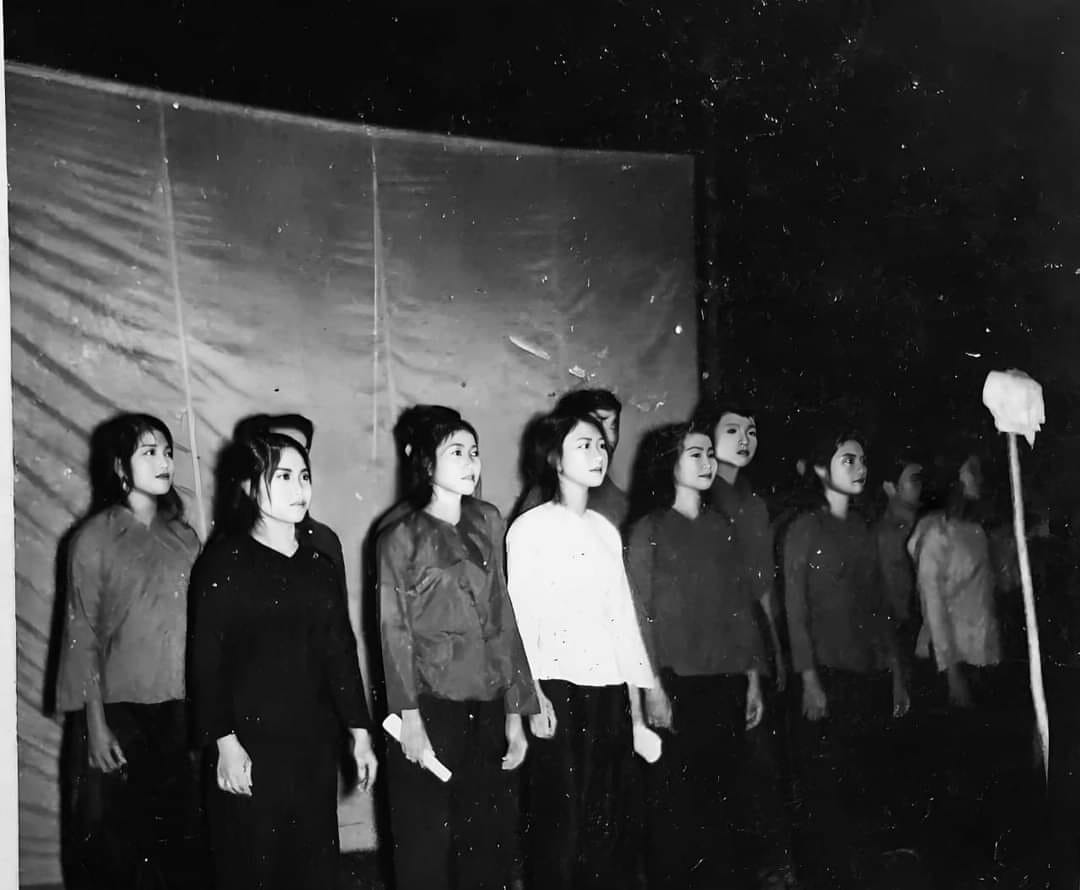



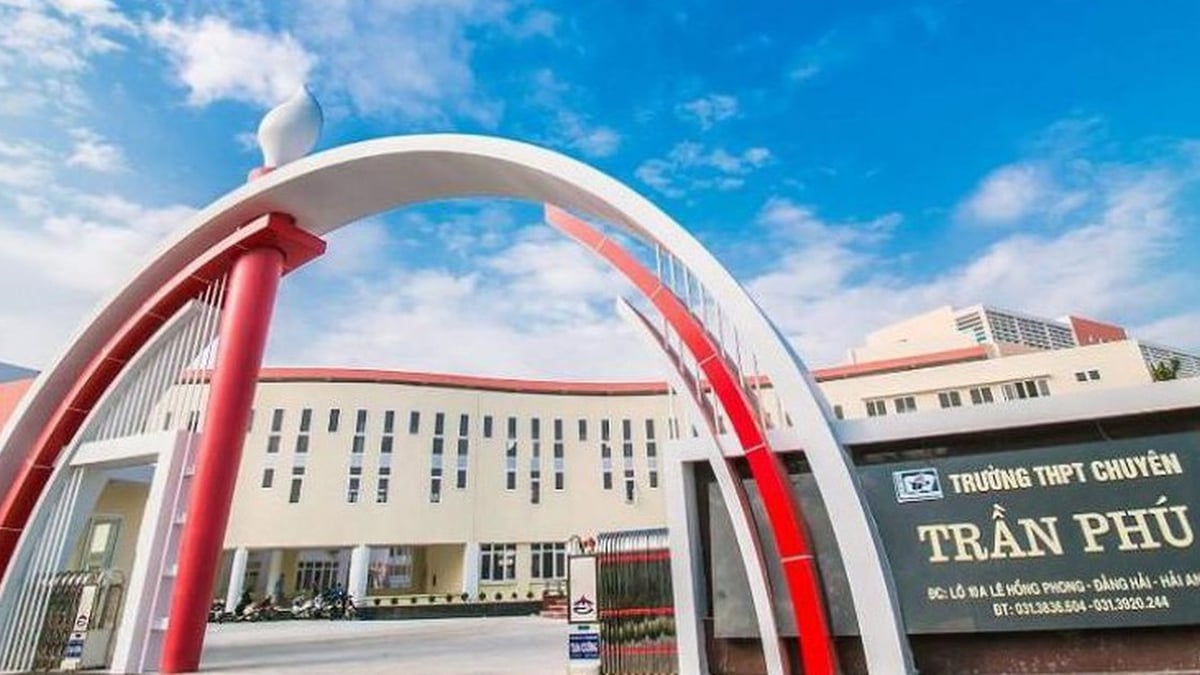
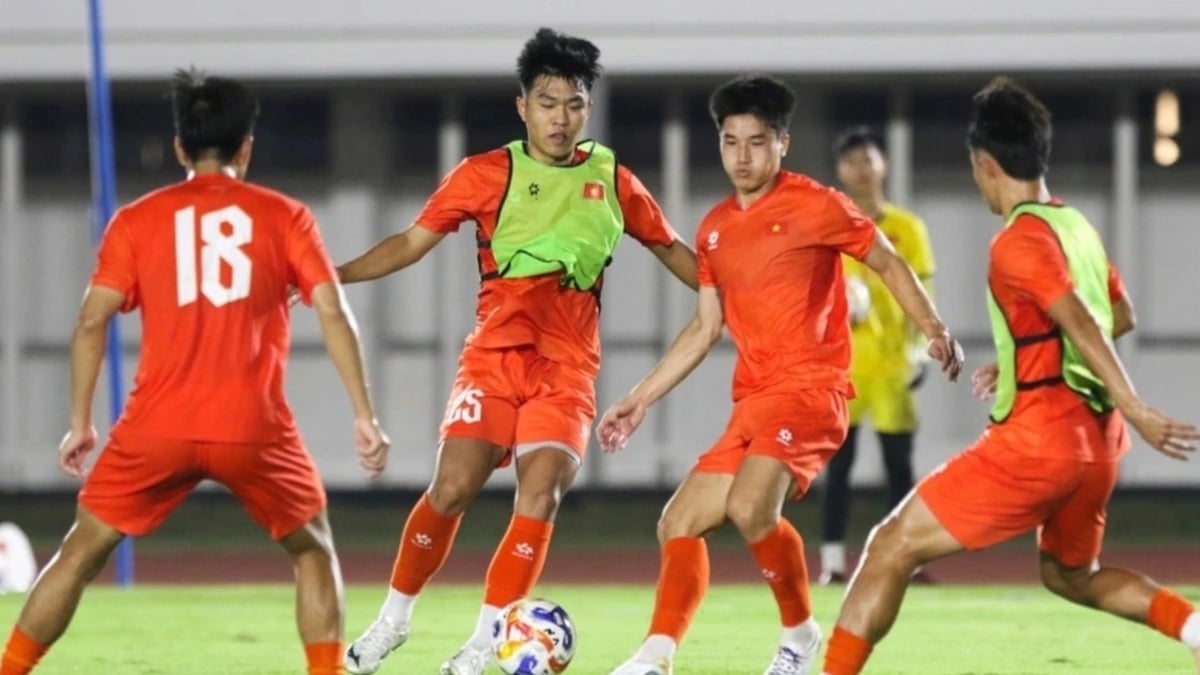
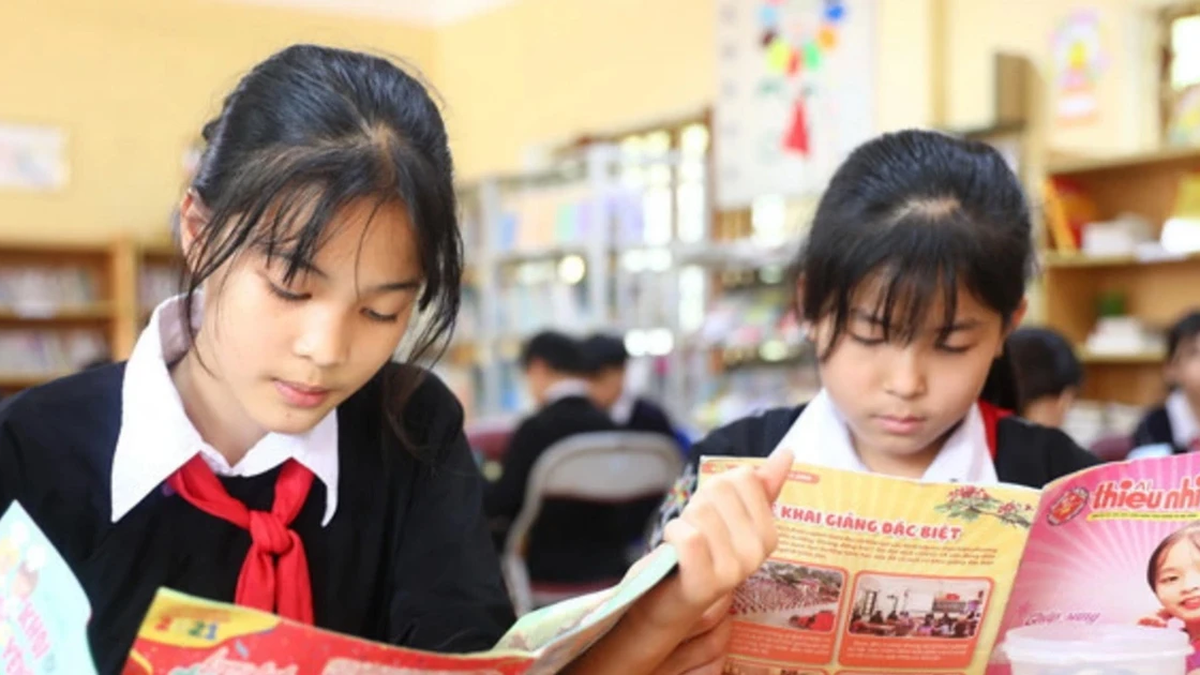
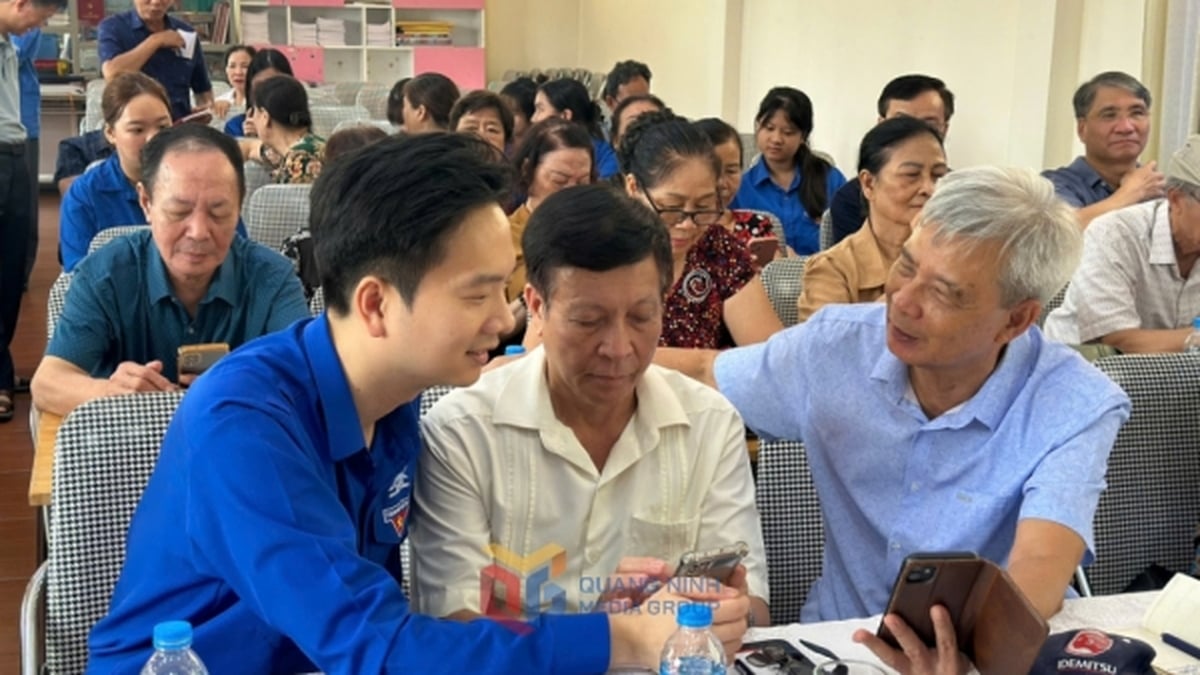

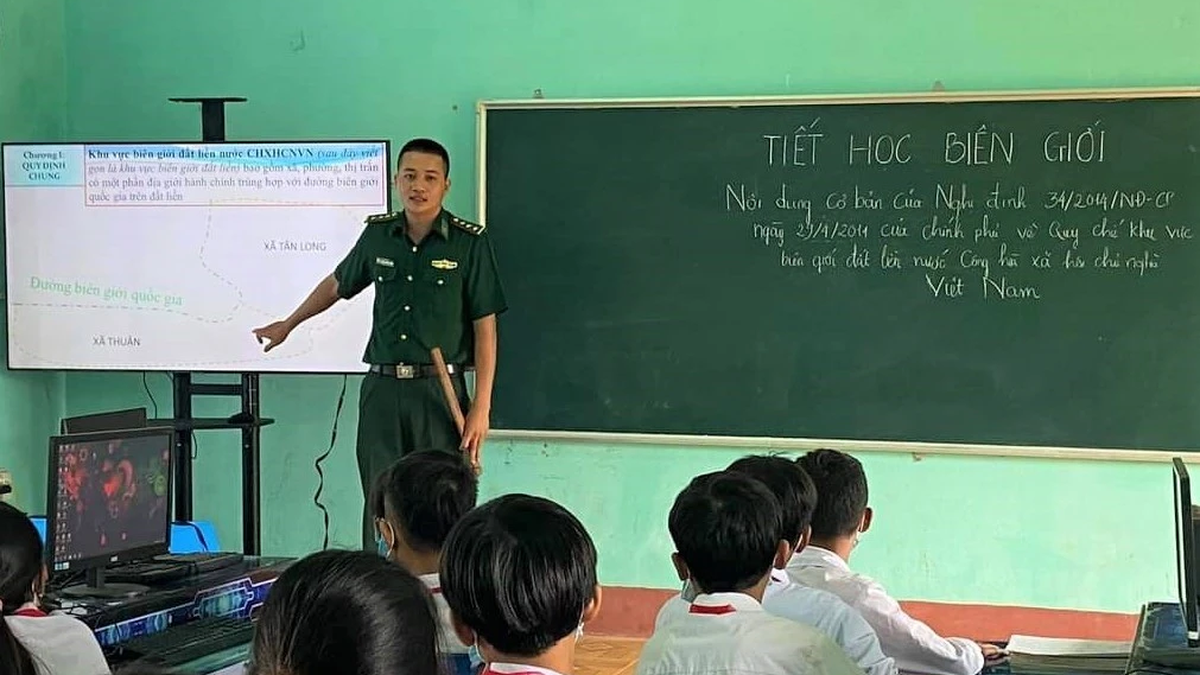




















































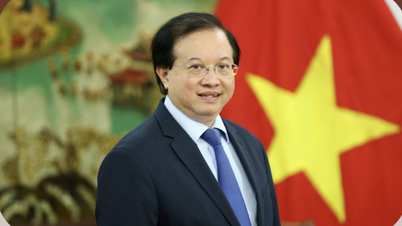
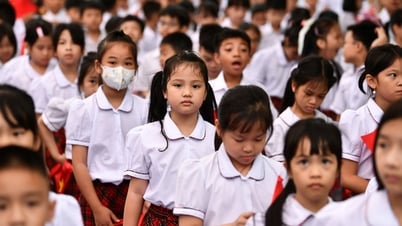
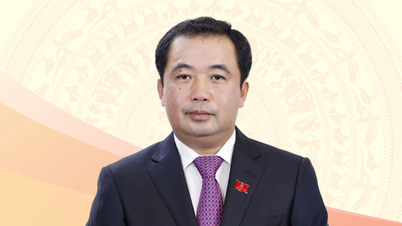


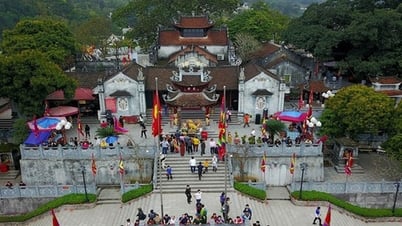
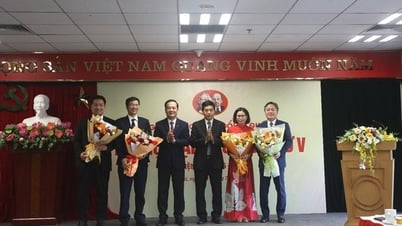

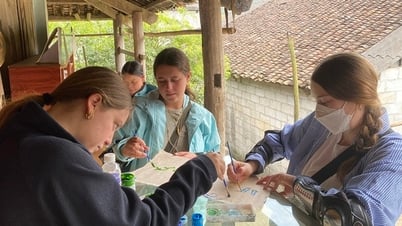
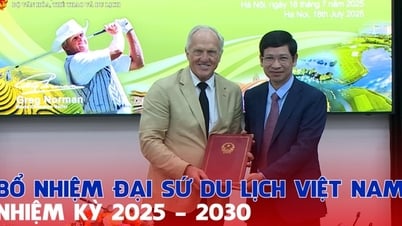

























Comment (0)